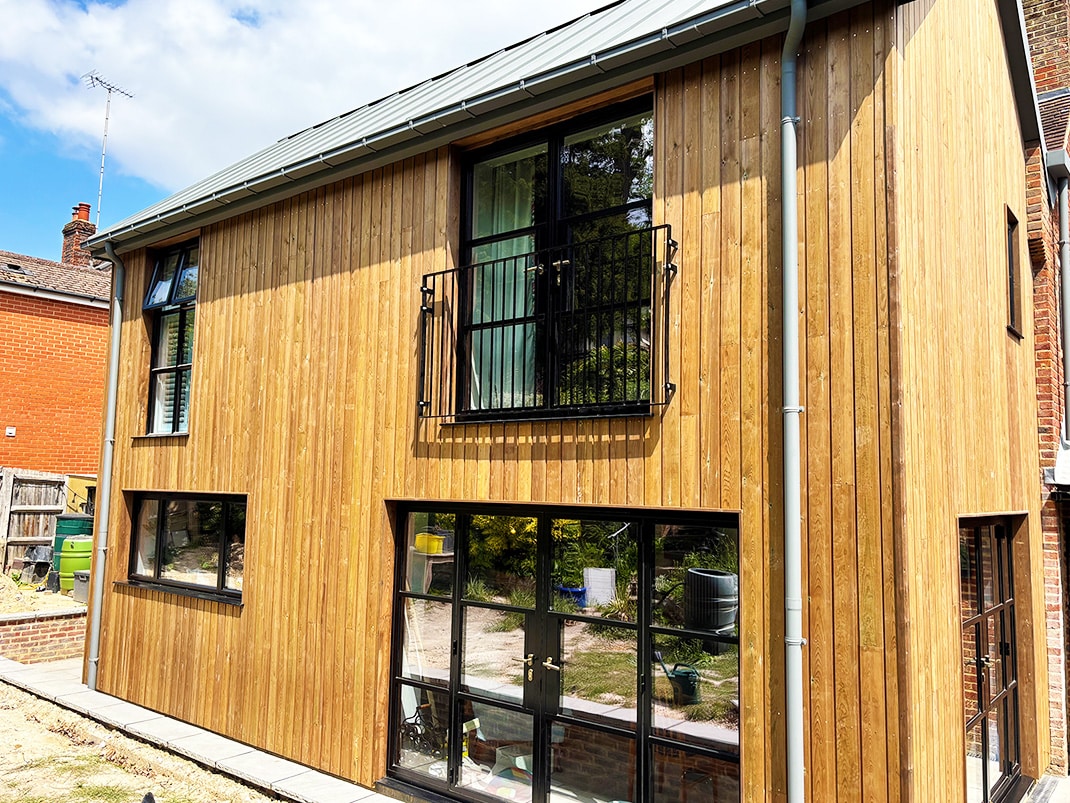In the realm of construction and architecture, steel beams are a vital component. But did you know there are multiple types of steel beams?
Each variant serves a unique purpose in different building structures. In this guide, we will explore these different types and their applications.
What types of steel beams are commonly used in construction? How do these beams differ in their structural properties and usage?
These are some of the questions we will address, offering you a comprehensive understanding of this foundational element in the construction industry. So, let’s dive in and discover the essential guide to the different types of steel beams.
Table of Contents
I-beams (S-Shape)
They are named for their likeness to the letter I. The vertical part is called the web. The horizontal pieces are the flanges.
These beams are strong. They resist bending in any direction. Their design allows efficient use of materials.
Less steel is needed for a similar strength. I-beams are versatile.
They can be used in nearly any type of building. From skyscrapers to home renovations, I-beams are a go-to choice.
H-beams (W-Shape)
These beams hold a significant spot among steel beam varieties. Much like the letter H, these beams have a unique profile. Their flanges and webs have equal thicknesses.
The flanges are wider, unlike I-beams. This configuration imparts great strength. H-beams resist bending, like I-beams.
Yet, H-beams handle loads better from different directions. Their dimensional stability is high.
That’s why they are popular in multi-story buildings and bridges. The W-shape’s strength and stability make H-beams a preferred choice in diverse construction projects.
C-beams (American Standard Channels)
These beams offer unique structural benefits. Shaped like the letter C, they are versatile. These beams feature a web connected to flanges at the top and bottom.
Their design provides efficient weight distribution. C-beams are excellent at supporting loads. They resist bending and warping.
Due to their durability, they are commonly used in building frameworks and vehicle construction. C-beams are a reliable choice in the construction world due to their strength and flexibility.
T-beams (T-Shaped Cross-Section)
They add value to the beam selection in construction. They are named for their shape, resembling the letter T. The vertical section is the web, and the top horizontal part is the flange.
This design gives T-beams unique strength. They resist bending and can handle substantial loads, particularly when placed upright.
T-beams are commonly used in bridge construction and multi-story buildings. In a nutshell, T-beams are an effective and strong choice in any beam selection for diverse construction projects.
L-beams (Angle Shapes)
They take the form of the letter L, offering two surfaces at a right angle. This design ensures stability. L-beams can handle tension and compression forces efficiently, making them a staple in various structures.
Structural steel suppliers often recommend L-beams for applications requiring angular support, like bridges or towers. They’re also used in structural brackets and frames due to their strength and versatility. L-beams serve as a robust, multi-purpose choice in the realm of construction.
Learn More About the Types of Steel Beams
Understanding different types of steel beams is crucial in construction. Each type- I-beams, H-beams, C-beams, T-beams, and L-beams- has unique strengths and serves specific purposes.
They ensure structural integrity, resist bending, and handle loads from various directions. The right beam choice can impact the success of your project, whether it’s a skyscraper or a bridge.
The versatility of steel beams underscores their value. So, remember their importance in your next project. Their selection shapes success.
Did you find this article helpful? If so, check out the rest of our site for more informative content.





